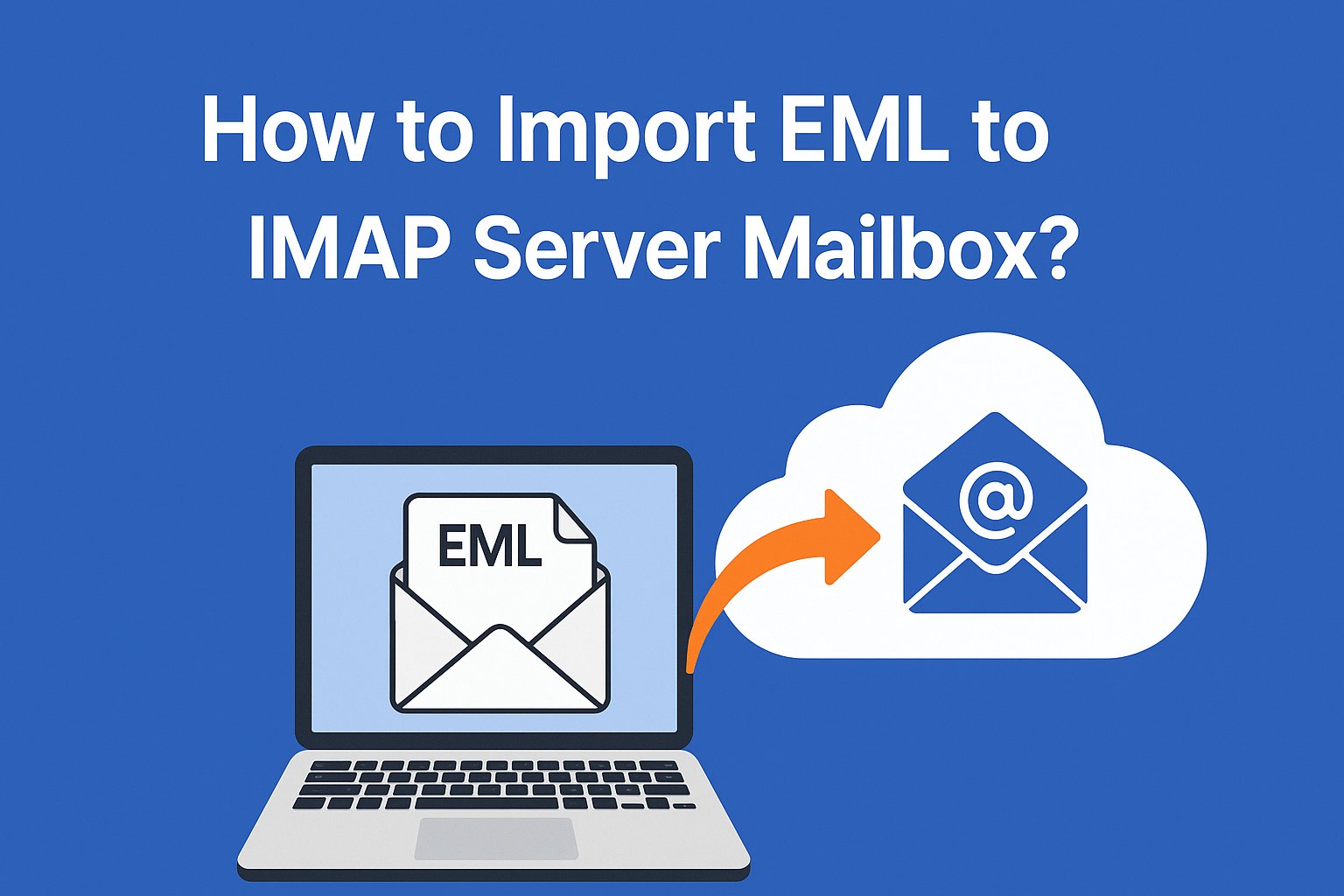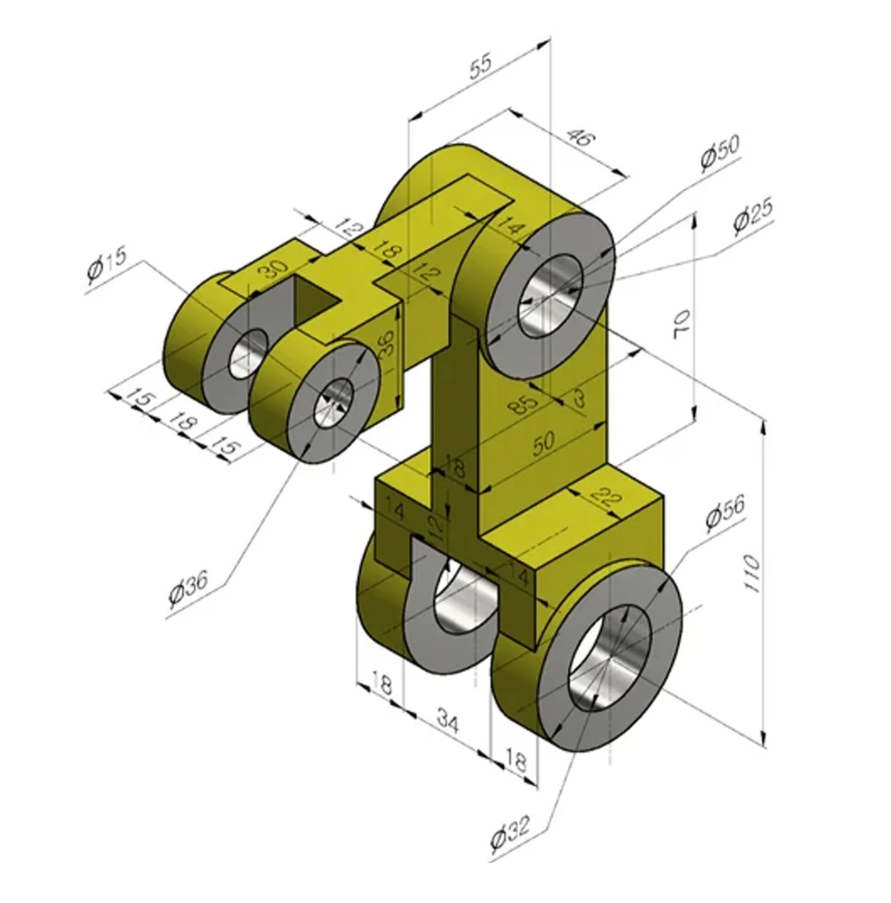SaaS Development Services in 2024: Process, Challenges, and Tips

Strong 8k brings an ultra-HD IPTV experience to your living room and your pocket.
What is SaaS Development?
SaaS, or Software as a Service, is a cloud computing model where software applications are delivered over the internet on a subscription basis. Instead of purchasing and installing software on individual computers or servers, users can access and use the software through a web browser.
SaaS eliminates the need for users to handle software maintenance, updates, and infrastructure management, as these responsibilities are handled by the SaaS provider. This model is known for its scalability, cost-effectiveness, and accessibility, making it popular for a wide range of applications, from productivity tools and customer relationship management (CRM) systems to collaboration platforms and business intelligence software.
Moreover, SaaS development services involve creating and maintaining these cloud-based applications to meet the needs of businesses and users seeking efficient and flexible software solutions.
How it Works?
Hosted on cloud infrastructure, SaaS applications are accessed by users through web browsers on various devices, eliminating the need for local installations. The subscription model entails users paying a recurring fee for access to the software.
In return, SaaS providers handle all aspects of software management, including maintenance, updates, security, and scalability. SaaS applications operate in a multi-tenant environment, providing individual users or organizations with secure and isolated spaces within the software.
Besides, automatic updates ensure users receive the latest features and security patches. The scalability of SaaS allows for flexible resource allocation based on user demands. Prioritizing data security, SaaS providers implement robust measures such as encryption and access controls.
Furthermore, SaaS applications often promote collaboration, including features that facilitate teamwork and integration with other cloud services or on-premises systems.
The Major Benefits SaaS Brings
Cost-Efficiency
SaaS offers a cost-effective alternative to traditional software deployment models. The subscription model typically includes maintenance, updates, and support services, reducing the total cost of ownership over time. This cost-efficiency is particularly advantageous for small and medium-sized enterprises with budget constraints.
Scalability and Flexibility
SaaS solutions are designed to scale easily based on user needs. Whether a business is expanding, downsizing, or experiencing fluctuations in demand. Users can adjust their subscription plans to accommodate changes in the number of users, features required, or data storage needs.
Centralized Management and Updates
SaaS providers handle software maintenance, updates, and security centrally. This means that users do not need to worry about the technical aspects of software management. Also, automatic updates ensure that users always have access to the latest features, improvements, and security patches without the need for manual intervention.
Accessibility and Collaboration
SaaS app development services are accessible from anywhere with an internet connection, promoting remote work and collaboration among geographically dispersed teams. The collaborative features embedded in many SaaS solutions facilitate seamless teamwork, document sharing, and project management.
Security and Reliability
Encryption, access controls, and regular security audits are common practices. The cloud infrastructure used by SaaS applications is designed to be highly reliable, offering redundancy and backups to ensure data integrity and availability. This level of security and reliability provides peace of mind for users, especially for critical business operations and data storage.
Steps for Building SaaS Software
Building SaaS (Software as a Service) software like MVP development involves a systematic process to ensure successful development and deployment. Here are the steps for building SaaS software:
Market Research and Planning
Begin by conducting thorough market research to understand your target audience, competitors, and the specific needs your SaaS solution will address. Define the scope and features of your software, taking into consideration both current market trends and future scalability. Develop a detailed plan that outlines your goals, target users, and the unique value proposition of your SaaS offering.
Identify Core Features and MVP
Prioritize the core features that align with your SaaS application's purpose and target audience. Define a Minimum Viable Product (MVP) that includes essential features for the initial release. Focusing on a minimal set of features allows for quicker development and testing, enabling you to gather user feedback early in the process.
Choose the Right Technology Stack
Select a technology stack that suits the requirements of your SaaS application. Consider factors such as scalability, security, and the specific functionalities you aim to implement. Common components of a SaaS tech stack include programming languages, frameworks, databases, and cloud services.
Develop the SaaS Application
Begin the development process based on the outlined features and technology stack. Adopt an agile development methodology to allow for iterative development, continuous testing, and adaptability to changing requirements. Assemble a skilled development team capable of working collaboratively and efficiently.
Implement Security Measures
Security is paramount in SaaS development. Implement robust security measures to protect user data and ensure compliance with data protection regulations. This includes encryption, secure authentication methods, access controls, and regular security audits.
Build a Scalable Architecture
Design the architecture of your SaaS application with scalability in mind. As your user base grows, the infrastructure should be capable of handling increased demands. Utilize cloud services for scalable resources, such as AWS, Azure, or Google Cloud Platform.
User Interface (UI) and User Experience (UX) Design
Develop an intuitive and user-friendly interface. Invest in UI/UX design to enhance the overall user experience. The design should align with your brand identity and make navigation seamless for users.
Testing and Quality Assurance
Conduct thorough testing throughout the development process. This includes functional testing, usability testing, performance testing, QA testing, and security testing. Address any issues or bugs promptly to ensure a stable and reliable SaaS application.
Implement Subscription and Billing Systems
Integrate subscription and billing systems to facilitate the monetization of your SaaS offering. Consider different pricing plans and payment gateways to provide users with flexible options.
Deployment and Continuous Improvement
Deploy the SaaS application to a production environment. Monitor its performance, gather user feedback, and implement updates and improvements continuously. Embrace a feedback loop to enhance features, address user concerns, and stay ahead of market trends.
Common SaaS Challenges
While Software as a Service (SaaS) offers numerous benefits, it also presents certain challenges that organizations commonly encounter. Here are some of the key challenges associated with SaaS:
Data Security and Compliance
Ensuring the security and compliance of sensitive data is a paramount challenge in SaaS that camn be solve by blockchain. Organizations must trust provider SaaS development companies to implement robust security measures and adhere to industry regulations. Concerns related to data privacy, encryption, and compliance with regional or industry-specific standards may arise.
Integration Complexity
Integrating SaaS applications with existing on-premises systems or other cloud services can be challenging. Compatibility issues, data synchronization problems, and the need for customized integrations may pose hurdles, requiring careful planning and technical expertise to achieve seamless interoperability.
Limited Customization
SaaS applications are designed to be multi-tenant, offering a standardized experience for a broad user base. While this ensures scalability, it may limit the level of customization that organizations can implement. Balancing between standardization and meeting specific organizational requirements can be a delicate challenge.
Dependency on Internet Connectivity
SaaS applications heavily rely on internet connectivity. If there are network disruptions or slow internet speeds, users may experience performance issues or difficulty accessing the software. This dependence on the Internet introduces concerns about reliability and accessibility, especially in regions with unstable Internet infrastructure.
Subscription Costs and Pricing Models
While SaaS often provides cost savings, subscription costs can accumulate over time, especially for large enterprises with numerous users. Organizations may find it challenging to manage and predict long-term expenses, and changes in subscription pricing models by SaaS providers can impact budget planning.
Vendor Lock-In
Once an organization adopts a specific SaaS solution, migrating away from that provider can be complex and costly. This vendor lock-in can limit flexibility and hinder the organization's ability to switch to alternative solutions that may better meet evolving business needs.
Tips for SaaS Development
Implement robust security measures to protect user data and ensure compliance with industry standards.
Design the architecture with scalability in mind to accommodate growing user demands.
Adopt an agile approach for iterative development, allowing flexibility and quick adaptation to changing requirements.
Focus on creating an intuitive and user-friendly interface to enhance the overall user experience.
Implement regular data backup and recovery mechanisms to prevent data loss and ensure business continuity.
Optimize resource utilization by leveraging cloud services and containerization for seamless deployment.
Define transparent subscription models and pricing structures to facilitate user understanding and attract customers.
Implement monitoring tools to track application performance, identify issues, and ensure optimal functionality.
Design the SaaS application with API-friendly architecture to allow easy integration with other systems and services.
Stay informed about data protection regulations and legal requirements to ensure compliance throughout the development process.
Final Thoughts
As organizations increasingly adopt cloud-based solutions, understanding the key considerations becomes imperative for successful SaaS development. From prioritizing security and scalability to embracing agile methodologies and user-centric design, the tips provided encapsulate essential principles for building robust SaaS applications.
Additionally, challenges such as data security, integration complexities, and subscription models underscore the need for strategic planning and proactive measures.
By considering these details and utilizing technology effectively, SaaS development services can unlock innovation, streamline processes, and provide businesses with scalable and user-friendly solutions tailored to the demands of the modern digital landscape.
Note: IndiBlogHub features both user-submitted and editorial content. We do not verify third-party contributions. Read our Disclaimer and Privacy Policyfor details.







